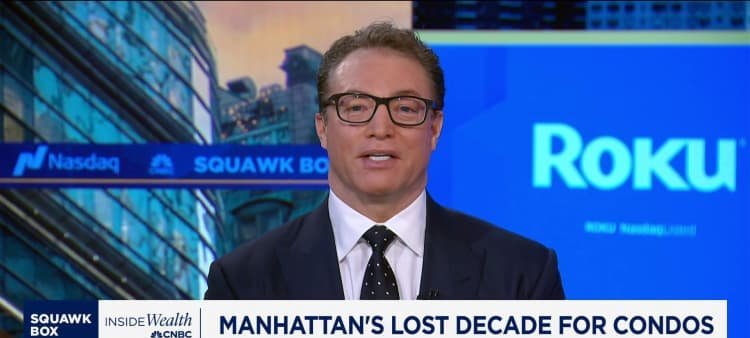Performance varies sharply by purchase period
The study breaks down resale results by the year of purchase, revealing significant disparities:
- Owners who bought before 2010 recorded median gains ranging from 29% to 45%.
- Those who entered the market between 2011 and 2015 achieved modest gains of about 11%.
- Roughly half of buyers who purchased between 2016 and 2020 sold at a loss.
- Buyers from 2021 to 2024 saw only marginal gains, though units acquired during the pandemic downturn in late 2020 and early 2021 occasionally resold for higher prices.
Transaction expenses compound the pain for many sellers. Brokers estimate that commissions, legal fees and taxes typically consume 6% to 10% of the sale price. Outlays for renovations, monthly maintenance, and property taxes are not included in the report’s calculations, nor is the effect of inflation.
Over the past decade, consumer prices have risen roughly 36%, according to estimates cited by Columbia University’s Paul Milstein Center for Real Estate. A seller who breaks even in nominal dollars therefore sustains a sizeable loss in real terms. Over the same period, the S&P CoreLogic Case-Shiller national home price index advanced about 89%, highlighting the gap between Manhattan and the broader market.
Factors behind the slowdown
Analysts attribute Manhattan’s subdued performance to several policy and demographic shifts. The 2018 federal cap on state and local tax deductions reduced the financial appeal of high-tax jurisdictions, while a 2019 overhaul of New York rent regulations affected investor sentiment. During the pandemic, a portion of high-income residents decamped to lower-tax states such as Florida, though population and demand subsequently rebounded.
The uppermost tier of the market remains an exception. Sellers of units priced at $10 million or more posted double-digit profits regardless of purchase date. Observers link the resilience of this segment to concentrated wealth, robust equity markets and a preference for cash transactions that insulate buyers from rising interest rates.

Imagem: Internet
In the third quarter, 67% of Manhattan apartment purchases were completed entirely in cash, up from a historical average near 53%, according to Miller Samuel. The prevalence of cash underscores how heavily the borough relies on affluent buyers who are less sensitive to borrowing costs.
Current conditions and buyer behavior
Market momentum has been mixed in recent months. Signed contracts for apartments listed at $4 million or more dropped 39% in September after rising in July and August, figures from Olshan Realty show. Brokers attribute the decline primarily to a shortage of new listings rather than waning demand or anxiety over political developments, including speculation about the outcome of New York City’s next mayoral race.
Meanwhile, many high-earning residents continue to rent. RentCafe data indicate that the number of New York City households earning more than $1 million annually and choosing to rent more than doubled between 2019 and 2023, reaching 5,661. Persistently high sale prices and political uncertainty are cited as reasons some prospective buyers remain on the sidelines.
Even so, analysts at Brown Harris Stevens describe the present upswing as a potential opening for both purchasers and sellers. Owners who bought during the pandemic trough in 2020 and early 2021 are viewed as especially well positioned to realize gains when they decide to exit.
Overall, the data portray a market where timing outweighs location. While Manhattan retains its reputation as a premium address, the past decade shows that entry point is critical: buyers before 2010 have profited handsomely, those mid-decade treaded water, and many post-2016 entrants are facing losses despite headline-level price stability.
Crédito da imagem: Brown Harris Stevens



